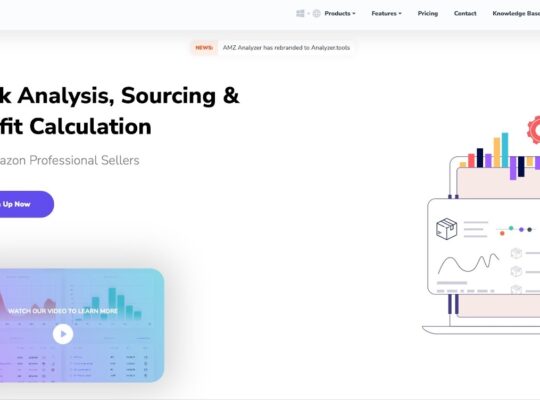In the digital age we live in now, businesses have more ways than ever to track their growth and success. Google Analytics is a tool that is becoming more and more popular for keeping track of website data. It is a free web analytics service offered by Google that tracks and reports website traffic. It collects data about website visitors, including the number of visitors, the pages they visit, how long they stay on a website, and their behavior.
Google Analytics 4 (GA4), a newer version of this analytics tool, came out a while ago. It has different acquisition, conversion, and behavior metrics to help you measure the growth of your business. Understanding these metrics is essential for making data-driven decisions to improve the website’s performance.
Acquisition Metrics
The GA4 acquisition metrics give you information about how users discover your website. This information can help you figure out how well your marketing is working and where you can make changes. In GA4, the main acquisition metrics are:
- Traffic Source: This metric tells you where people are coming to your website from, such as through organic search, social media, or paid ads. It also tells you how many users are coming from each source and how much time they spend on your website. With this information, you can determine how well your marketing platforms work and change your strategy as needed.
- Campaigns: This metric tracks how well your campaigns are doing, so you can see how well your ad writing, targeting, and creative assets are working. By looking at this data, you can determine which ads are working well and spend your money on those.
- Landing Pages: This number tells you how well your landing pages do their job. By looking at each landing page’s bounce rate and engagement metrics, you can change the content and style to improve the user’s experience.
- Tech: This metric tells you what kind of computer, phone, or tablet your site’s visitors use. You can optimize your design and content to offer the best experience by knowing how users reach your website.
- Demographics: This metric details the gender, age, and location of your website visitors. Understanding your community will help you tailor your marketing and content to suit their preferences and needs.
Conversion Metrics
The conversion metrics in GA4 calculate the efficiency with which visitors to your website are converted into paying clients. These metrics show the efficiency of your website’s layout, information, and user experience. The following are the key conversion metrics in GA4:
- Conversions: This metric tracks when a user completes a particular task or event on your website, like submitting a form, downloading a file, or buying something. You can identify areas of your website that need development and modify your strategy by keeping track of conversions.
- Conversion Rate: This statistic identifies the proportion of website users who succeed in achieving a particular objective. You can improve your website’s conversion rate and raise the return on investment (ROI) of your marketing efforts.
- Revenue: This metric indicates the quantity of money made from website conversions, purchases, and ads. By monitoring revenue, you can assess the effectiveness of your marketing initiatives and make data-driven choices to accelerate the expansion of your business.
Behavior Metrics
The GA4 behavior metrics track user behavior on your website. You can use this information to determine which pages on your website are the most visited, how long users stay on each page, and which pages result in the most conversions. The primary behavior metrics in GA4 are:
- Pageviews: This metric reveals how frequently users visit a particular webpage on your website. You can determine which pages are frequently visited by your audience by looking at pageview data and then adjusting your content appropriately.
- Average Session Duration: This metric gauges how long people typically stay on your website in a single session. You can enhance the user experience and increase user engagement on your website by optimizing the design and content based on the average session length.
- Bounce Rate: This is the percentage of your website visitors who leave after only perusing one page. A high bounce rate may indicate an irrelevant or bad user experience. You can spot areas for growth and modify your approach by looking at the bounce rate.
- Events: This metric keeps track of particular user activities on your website, like form fills, video plays, and clicks. You can learn more about user behavior and enhance the user experience on your website by keeping track of these activities.
- Site Search: This metric keeps tabs on how visitors look for information on your website. You can discover popular search terms and optimize your content to better serve the requirements of your audience by analyzing site search data.
Conclusion

In conclusion, Google Analytics 4 offers a wealth of information that you can use to measure your business’ growth and inform decisions about how to enhance your marketing approach. You can learn more about how users find and engage with your website and make changes to improve the user experience and boost conversions by studying acquisition, conversion, and behavior data. You can optimize your website and marketing campaigns to promote growth and success for your company if you have the proper metrics and explicit knowledge of your target audience.






